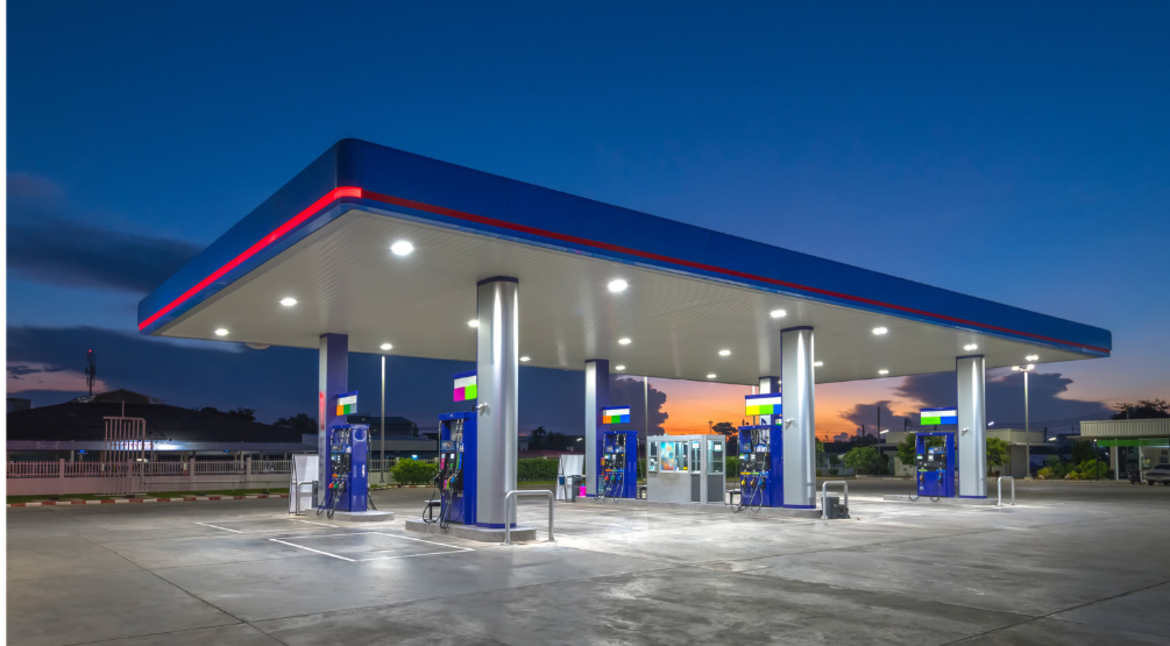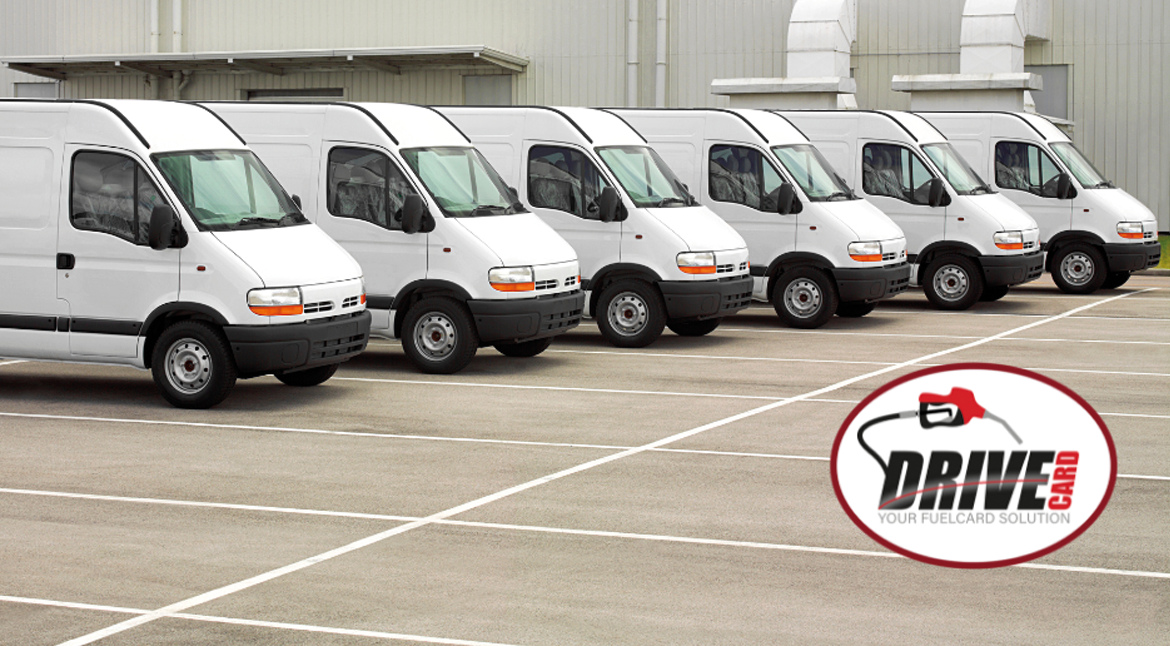Fuel cards and expenses are two different ways to manage fuel purchases and expenses for your business. Here are some key differences between fuel cards and expenses:
-
Convenience: With a fuel card, you can use it to pay for fuel purchases at a petrol station and the transactions are automatically recorded in the fuel card account, making it easier to track expenses. However, with expense management, you need to manually track each fuel purchase and keep receipts.
-
Reporting: Fuel card providers offer detailed reporting tools that allow you to track and analyze fuel purchases and expenses over time, which can be helpful for managing costs and identifying opportunities to save money. With expense management, you need to create your own reporting system.
-
Discounts: Some fuel card providers offer discounts, cash back, or other rewards for fuel purchases, which can help you save money on fuel costs. With expenses, you may not be able to take advantage of these types of savings.
-
Fees: Fuel cards may have annual fees, transaction fees, or other charges that can add up over time. With expenses, there are no additional fees beyond the cost of the fuel itself.
-
Control: Fuel cards allow businesses to set spending limits on individual cards or restrict usage to certain fuel types, which can help manage costs and prevent misuse. With expenses, there is less control over how employees use their fuel allowances.
Ultimately, whether to use a fuel card or expense management will depend on your specific needs and preferences. Fuel cards can provide convenience, discounts, and better reporting tools, but may come with additional fees. Expenses can be more flexible and less costly, but require more manual tracking and less control over how employees use their fuel allowances.
DRIVEcard offers real cost saving opportunites with a fuel card tailored to your requirements. For more information, contact us today.


.png)








.png)
.png)
.png)
.png)
.png)
